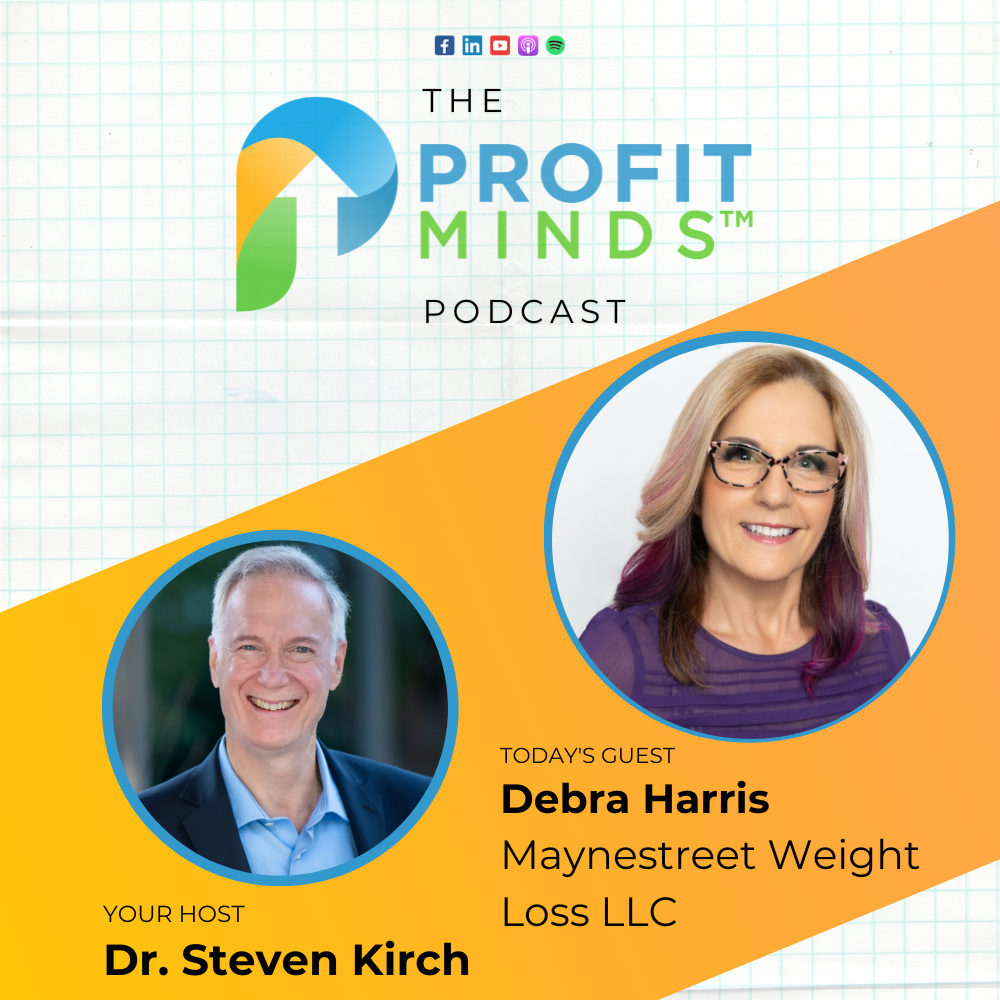How to Overcome Your Struggle with Weight Loss with Debbie Harris
Small Business, Target Market, The Profit Minds Podcast
The Profit Minds Podcast with Dr. Steven Kirch and Debbie Harris (Episode 11) In this episode of The Profit Minds Podcast, Dr. Kirch speaks with Debbie Harris of Maynestreet Weight Loss. Tune in for these key takeaways: * What makes Maynestreet unique and stand out against other weight loss programs…
Stop Wasting Your Resources!
Today you’re going to learn how to find a target market of potential customers so you aren’t wasting precious resources on blitz marketing. So, the two questions you have to ask yourself are: What do people really want to buy from me? What related products are they already buying? Once…
How to Discover Your Ideal Customer in 2 Simple Steps
Growing Profit, Small Business, Target Market
When it comes to marketing, many business gurus offer some version of this advice: • figure out who your ideal customer is • be really specific • then sell to that person Most entrepreneurs know they need to have an ideal customer (or ideal client, or ideal customer avatar, etc.)…
Why aren’t my prospects buying?
Growing Profit, Small Business, Target Market
You have a great product at a no-brainer price. Your sales copy is excellent. Traffic is coming to your website at reasonably consistent rates. And yet: almost no one is biting. This can be so frustrating because we know our product or service will help prospects solve their problems. We’ve…


